Share the post "A short guide to the best Azores islands to visit by boat"
The Azores archipelago, located 900 miles off the coast of Portugal, is a cluster of islands discovered by the Portuguese in the early 1500s. Settlers arrived on these islands in phases over the course of two centuries. AS a result, each island has developed a unique character and culture. Out of the 9 islands, we’ve complied a list of the best Azores islands to visit by boat. From stunning waterfalls, to dramatic volcanic craters, and rich underwater life, your best bet is to explore the Azores from the water.
When is the best time to visit the Azores?
Temperatures in the Azores are generally mild, with few variations throughout the year. Rainfall is quite common, so visit between late Spring and the end of Summer for the best chances of sunshine. North Atlantic trade winds run through the Azores all year round. Nevertheless, you’ll find stronger gales in the winter.
São Miguel
São Miguel, often called “the green island,” offers a breathtaking landscape of rolling verdant hills and volcanic lagoons. As the largest and busiest island in the Azores, it’s an ideal destination to explore by boat. São Miguel boasts stunning spots like Sete Cidades, a twin-lagoon nestled in a crater. You can also visit the serene Lagoa do Fogo, and Furnas Lake, where you can enjoy natural thermal baths. Ponta Delgada, the island’s capital, has always been a crucial staging post between Europe and the New World. Take the time to wander through charming cobbled streets, visit historic churches like São Sebastião, or explore the artistic neighbourhood of O Quanteirão. Renting a boat on São Miguel allows you to experience the island’s lush landscapes and rich history from the water.
Santa Maria
Santa Maria, known as the sunny island, is the perfect next stop after São Miguel. It’s the oldest and first island to be discovered in the Azores. With its distinctive white sand beaches – a rarity in the archipelago – it offers a unique charm. Each of the island’s villages feature a signature colour, adding to its vibrant character. And for those with an interest in marine life, Santa Maria is one of Europe’s top diving destinations. Indeed, it’s close to the natural reserve of Formigas, where the underwater world teems with life.
Faial
If you wish to explore the archipelago’s northern islands, rent a boat in the bustling port of Horta, on Faial. This island is home to five beaches and seven natural pools. Praia do Almoxarife is a particular highlight for its stunning coastal views and clear waters. In the summer, vibrant blue hydrangeas transform Faial’s landscape. It creates an almost surreal backdrop as you explore by boat. For those keen on underwater exploration, Faial is also a top destination for scuba diving. You’ll have many opportunities to encounter endemic species in its pristine waters. Whether you’re diving, swimming, or simply enjoying the views, Faial provides a tranquil yet captivating experience for every visitor.
Pico
Pico, home to Portugal’s highest peak, offers both adventure and natural beauty for those looking to explore by boat. Indeed, the island is renowned for its volcanic landscape, with black soil and dramatic vistas of the towering Ponta do Pico. Once a hub for whale hunting, there was a shift to whale watching in the 1980s, and during the summer months, these magnificent creatures can be seen around the island. The island’s UNESCO World Heritage-listed vineyards, marked by basalt walls, are a testament to its long history of wine production dating back to the 15th century. Exploring Pico by boat not only offers spectacular views of these iconic vineyards but also grants access to serene natural swimming pools, ideal for a refreshing dip.
São Jorge
São Jorge, with its dramatic ravines, rocky cliffs, and crater lakes, creates a rugged landscape perfect for exploration. Many of its charming villages are built on fajãs—plains formed by lava flows. Explore the Fajã do Santo Cristo and Fajã dos Cubres. Visit the small fishing village of Vila Franco do Campo, where you can admire the 17th-century Convento de São Francisco. The village serves as a great starting point for outdoor activities, including diving, whale watching, and kayaking. For a true taste of local culture, try Queijo São Jorge, the island’s famous aged cheese.
Terceira
North of the island trio of Pico, Faial and São Jorge, you’ll find Terceira island. As its name suggests, it was the third island to be discovered by the Portuguese.
Dozens of ‘impérios’ dot its patchwork landscape. These are small temples displaying symbols of the Cult of the Holy Spirit. Visit the colourful historical centre of Angra do Heroismo, featuring architecture dating back to 1534. Sail around the island to explore its many natural pools.
Graciosa
Finally, the island of Graciosa is also worth a stop. Known as one of the most peaceful islands of the archipelago, sail in the island’s deep waters, ideal for dolphin or whale watching. The island itself, famous for its red-roofed, Dutch-style windmills, boasts geothermal waters, beautiful hiking trails and dramatic volcanic craters for you to explore. From the summit of Caldeira da Graciosa, admire views of Terceira, Faial, São Jorge and Pico.
Of course, the other islands of the archipelago, Flores, with its numerous waterfalls, and Carvo, for bird watching enthusiasts, are also well worth the visit if you are spending time in the Azores!
For more travel inspiration and destination information, check out the Click&Boat blog, and read about Portugal’s other archipelago, Madeira.

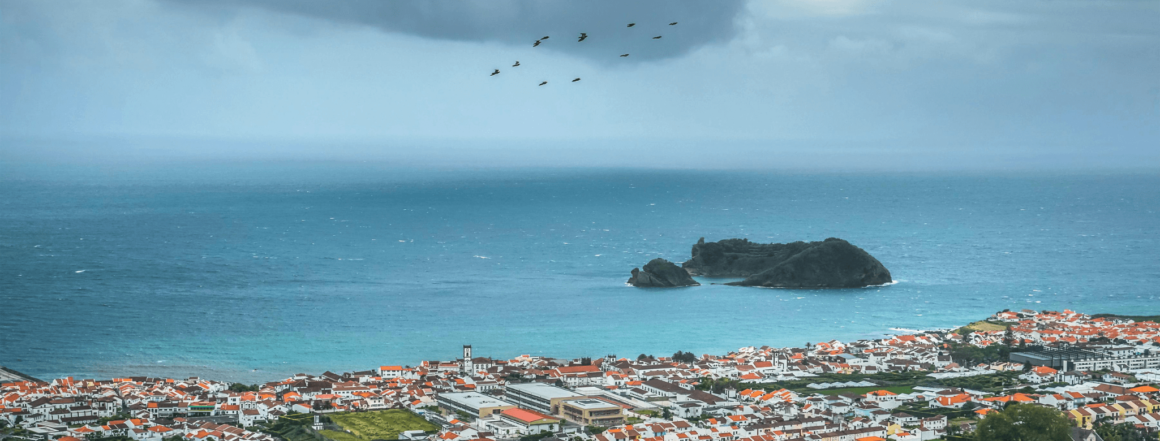
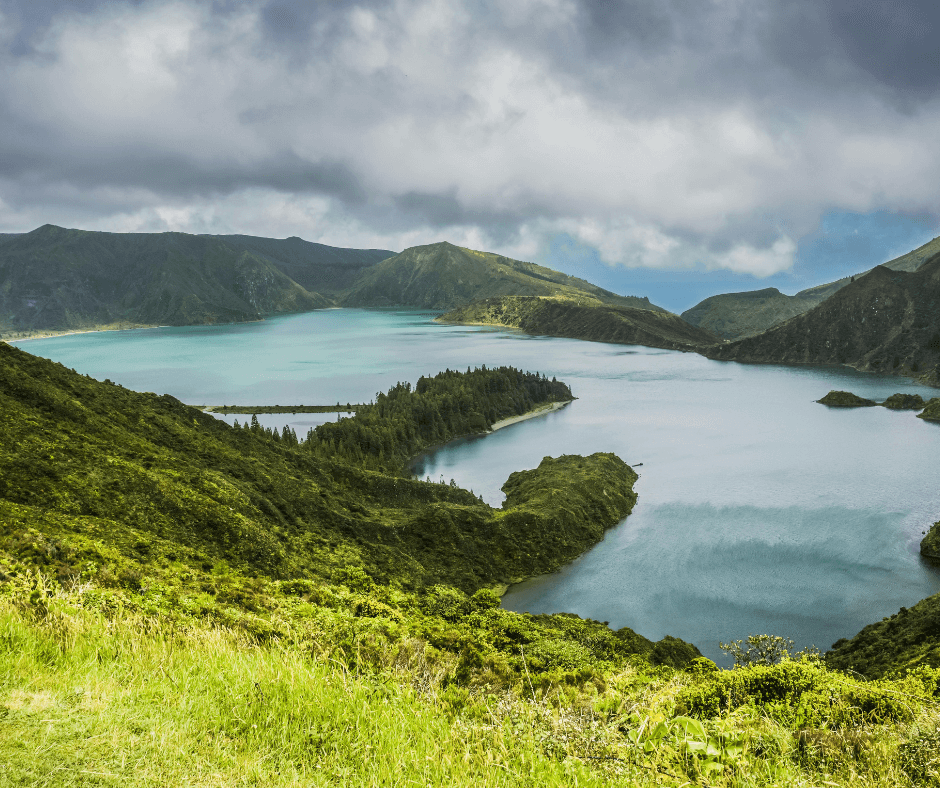
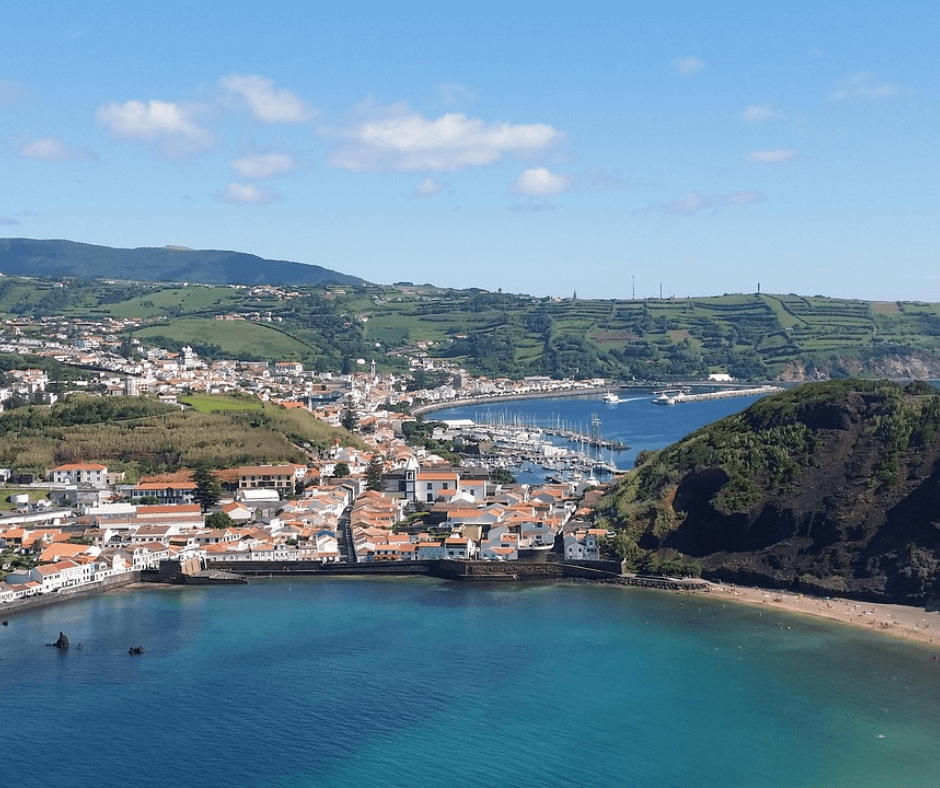
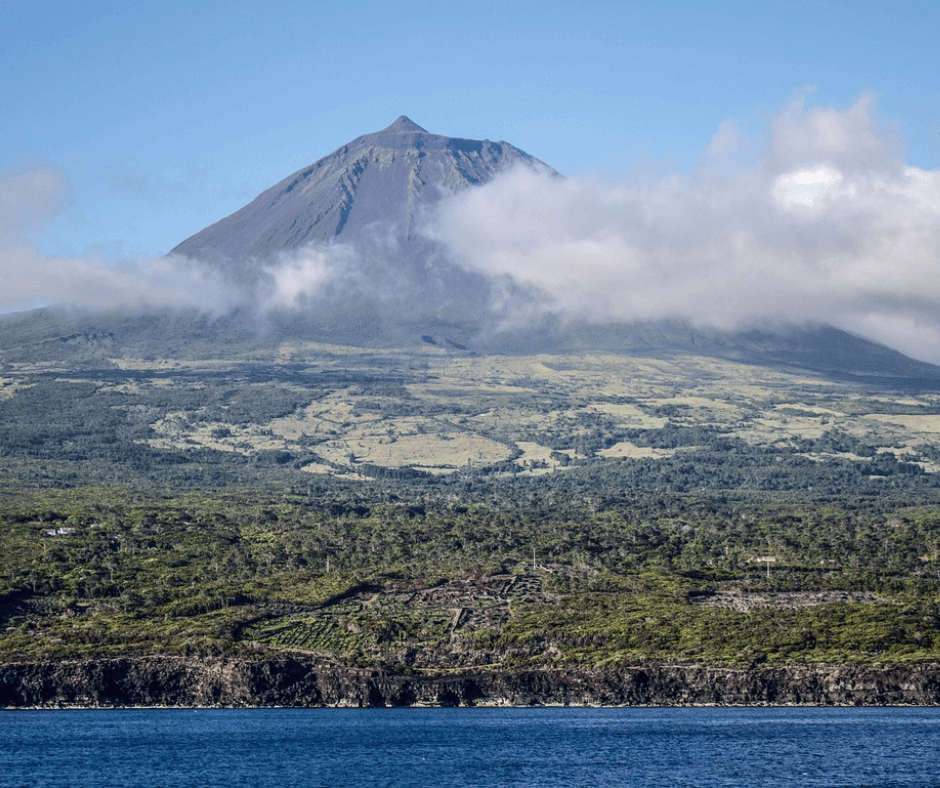
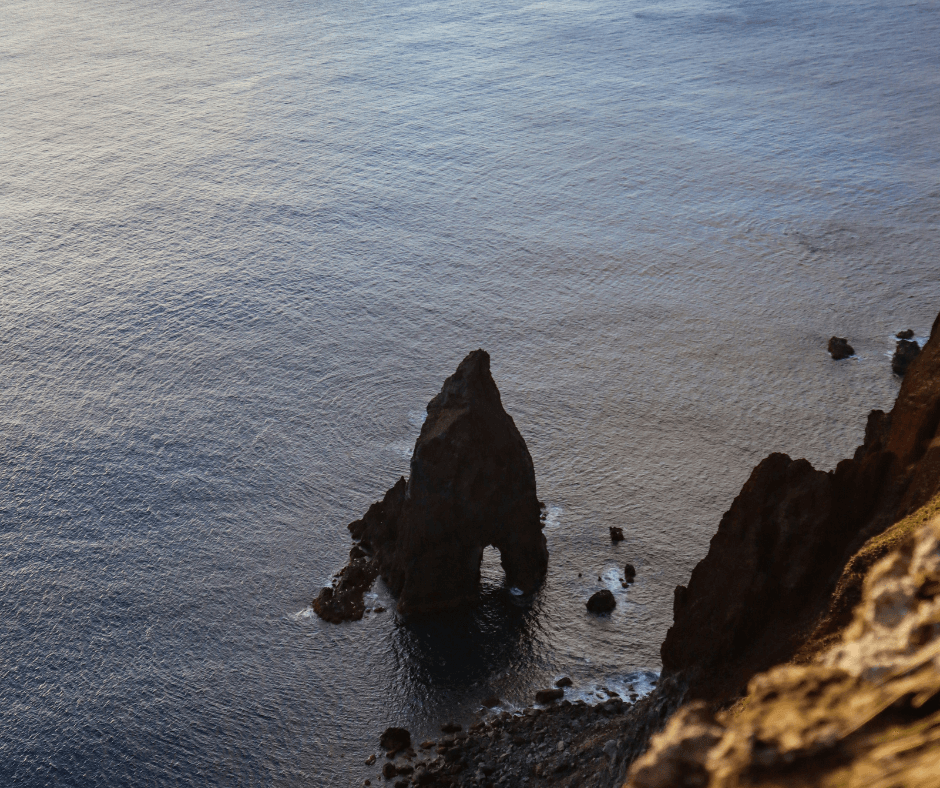
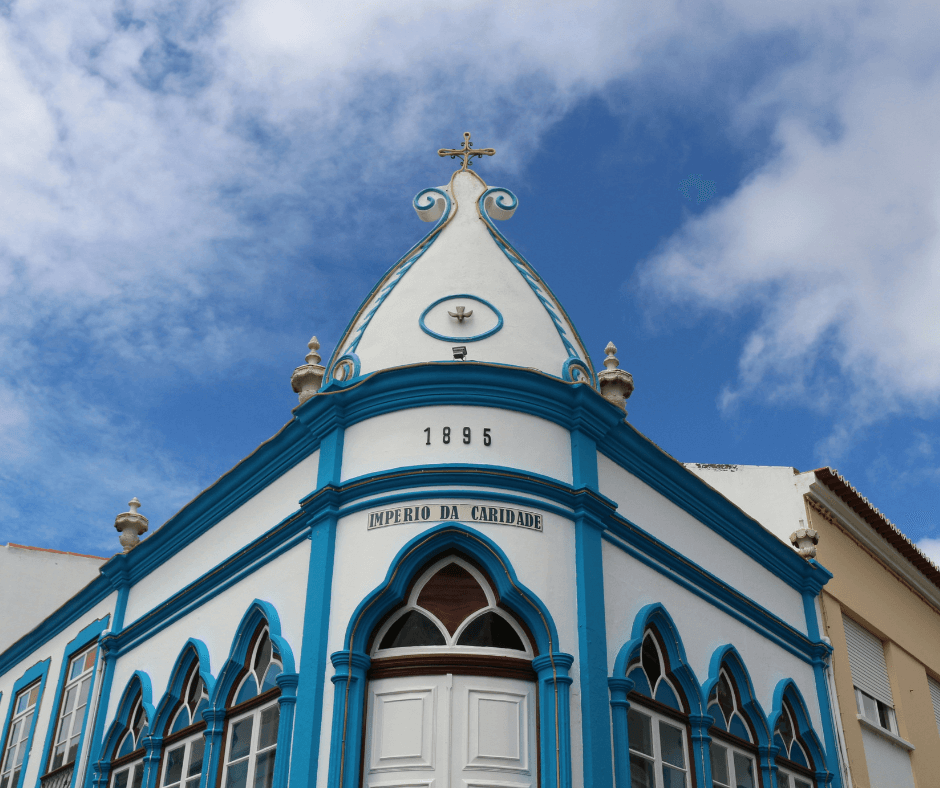

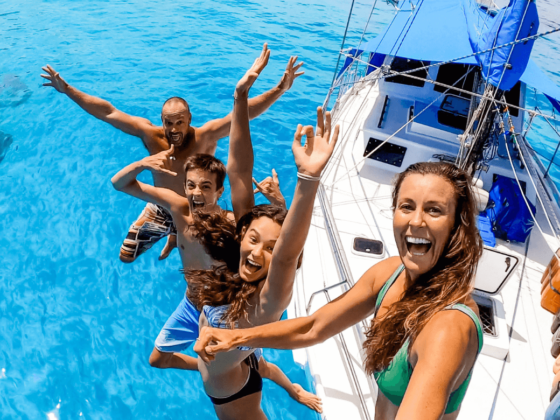
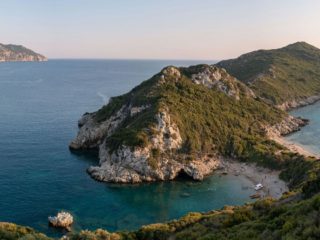
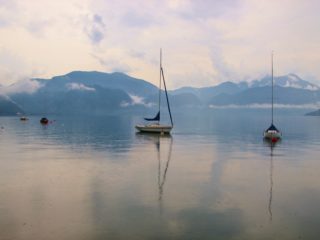
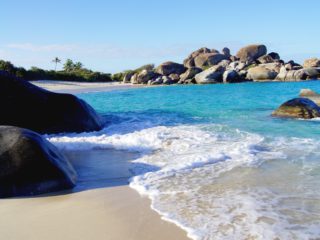
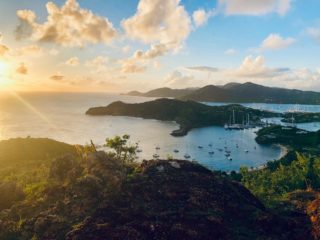
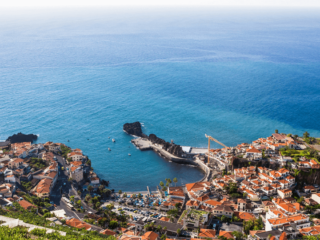
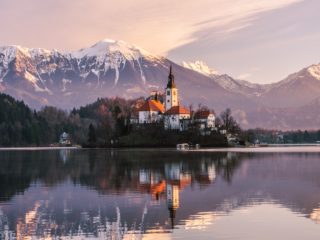
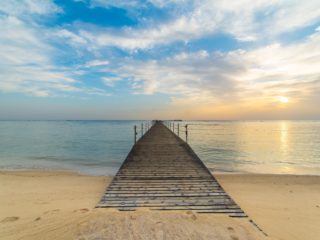
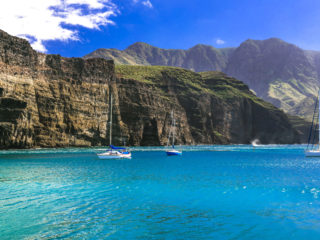
1 comment
Great